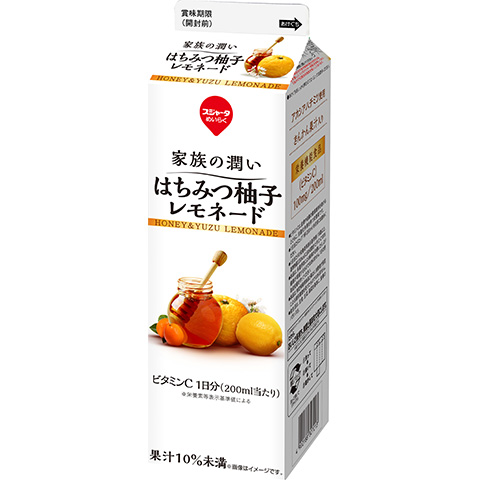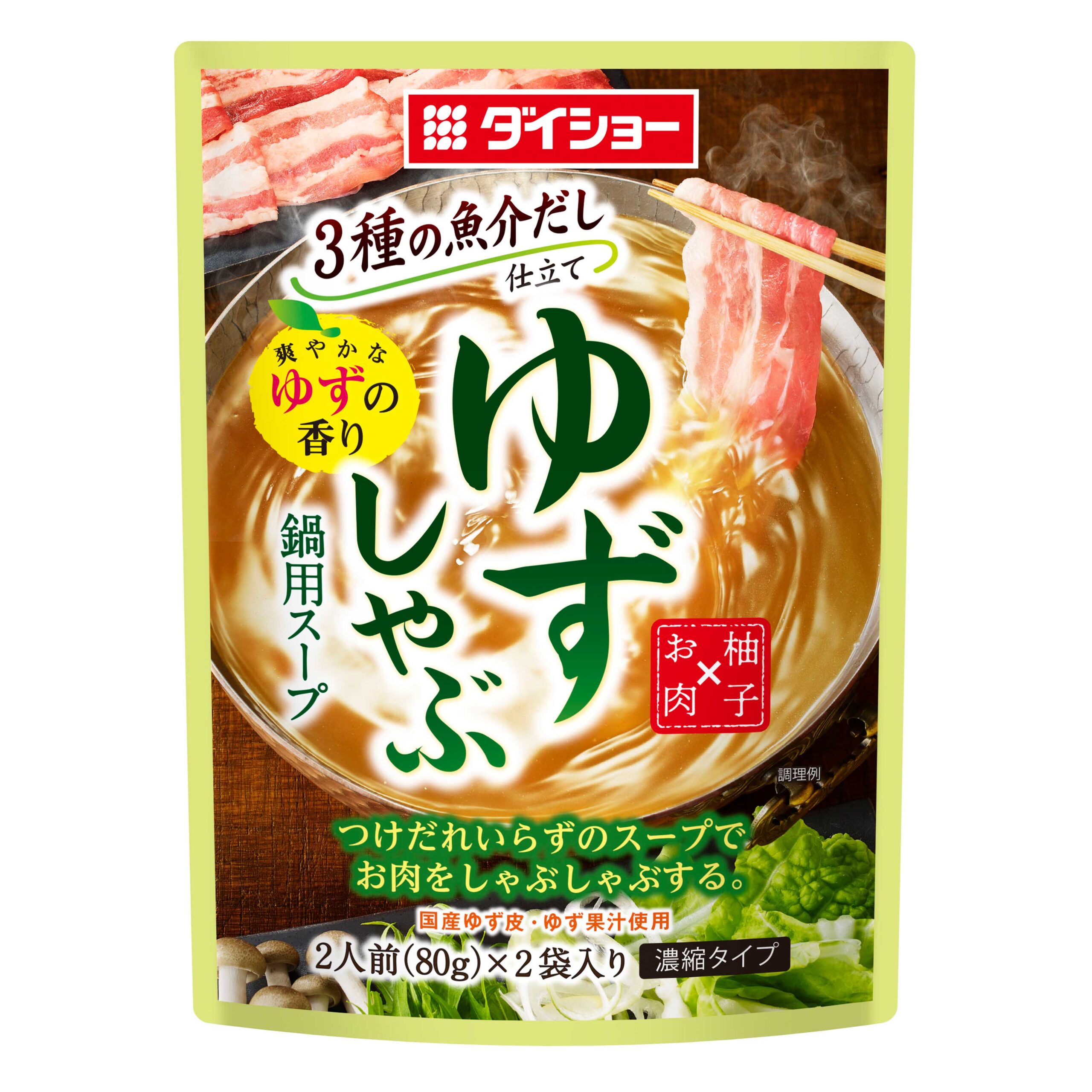ゆず Yuzu is a citrus fruit that is native to East Asia and is particularly popular in Japan. The scientific name of the fruit is citrus junos. The yuzu fruit is about the size of a tangerine and has a unique flavor profile that combines lemon, mandarin orange, and grapefruit. It is known for its aromatic fragrance and distinct tartness.
The citrus fruit is used in various culinary applications in Japanese cuisine, and its popularity can be attributed to several factors.
A Quick Jump To…
- Flavor Profile and Culinary Use
- Traditional and Cultural Significance
- Seasonal Availability
- Health Benefits
- Yuzu Products to Try
Flavor Profile and Culinary Use
Yuzu has a complex and refreshing flavor that adds a unique twist to dishes. Its bright and citrusy notes make it a versatile ingredient in both sweet and savory dishes. Its flavor can also be used in alcoholic and non-alcoholic drinks. Yuzu is used in a variety of culinary applications, including as a flavoring for sauces, dressings, marinades, and desserts. Yuzu juice is a common ingredient, and the zest of the fruit is also used to enhance the flavor of dishes. In convenience stores, you can find bottles of warm and refreshing yuzu lemonade in the hot drink section.
Traditional and Cultural Significance
Yuzu holds cultural significance in Japan and is often associated with the winter season. One of the most well-known cultural practices involving yuzu is the tradition of ゆず湯yuzu-yu, which is a hot bath infused with whole yuzu fruits. This tradition is often performed during the winter solstice and is believed to bring good health and ward off illnesses. People enjoy soaking in the aromatic and warm yuzu-infused water as a way to relax and rejuvenate. Yuzu is sometimes featured in festivals and celebrations, especially those that coincide with the winter season. Its use in traditional foods and drinks during these events contributes to a sense of cultural continuity and celebration. Yuzu has found its way into various forms of Japanese art and literature, showcasing its cultural importance. It may be referenced in poems, paintings, or other artistic expressions that capture the essence of the fruit.
Seasonal Availability
Yuzu is typically in season during the winter months, and its scarcity during other times of the year contributes to its special status. The limited availability adds to the excitement of enjoying yuzu-based dishes during its peak season. Yuzu trees start bearing fruit in the autumn, and the harvest season continues into early winter. The fruit is usually picked when it reaches maturity, which is characterized by its bright yellow color and aromatic fragrance. The peak availability of yuzu is typically from November to December. During this time, you’ll find an abundance of fresh yuzu in markets and grocery stores, and it is used in various culinary preparations. To extend the availability of yuzu flavor beyond its peak season, people may use preserved forms of yuzu, such as yuzu peel, yuzu paste, or yuzu-infused products. These can be enjoyed throughout the year, providing a taste of yuzu even when the fresh fruit is not in season.
Health Benefits
Because yuzu is rich in vitamin C and antioxidants, it is believed to have various health benefits. It is sometimes used in traditional medicine for its perceived ability to boost the immune system and improve skin health. Although the fiber content in yuzu is not extremely high, it can contribute to digestive health by promoting regular bowel movements and supporting a healthy gut. The vitamin C content in yuzu may contribute to healthier skin by promoting collagen synthesis, which is important for skin elasticity and hydration. Antioxidants in yuzu may also help protect the skin from damage. While not directly related to physical health, the aromatic compounds in yuzu are sometimes used in aromatherapy for their potential to promote relaxation and reduce stress.
Overall, the combination of its distinctive flavor, cultural significance, and versatility in the kitchen has contributed to the widespread popularity of yuzu, both in Japan and internationally.
Yuzu Products to Try
ゆず Yuzu
Out of all the amazing things Yuzu can make, you must try the fruit! Depending on the season, you can find it in most grocery and convenience stores. A great place to look is Seiyu, with the price of the fruit starting at ¥268.

ポン酢 Ponzu
Ponzu is a citrus-based sauce commonly used in Japanese cuisine. It is a versatile condiment that adds a burst of tangy and savory flavors to a variety of dishes. The key ingredients in ponzu sauce typically include soy sauce, citrus juice (commonly yuzu or a combination of other citrus fruits such as lemon or lime), rice vinegar, and sometimes mirin (sweet rice wine). This delicious sauce can be found in some convenience and most grocery stores like Seiyu from ¥300 to ¥800.

はちみつ柚子レモネード Honey Yuzu Lemonade
This warm, refreshing drink is perfect for the cold winter days. The yuzu adds the perfect amount of tartness to the lemonade while being complimented by the honey. It can be found at convenience stores like Family Mart for about ¥150.

ゆず炭酸水 Yuzu Carbonated Water
If you’re a fan of lemon-flavored carbonated water, then this is the perfect drink for you. The yuzu flavor adds a refreshing citrus taste to the drink. You can find this beverage in Seiyu and some convenience stores from ¥78 to ¥110.
ゆずしゃぶしゃぶ Yuzu Shabu-shabu
Shabu-shabu broth is a crucial component of the Japanese hot pot dish known as shabu-shabu. The broth is used for cooking thinly sliced meat, vegetables, and other ingredients at the table. There are various types of shabu-shabu broth, and the choice often depends on personal preferences, seasonal variations, and regional variations. A variation of this broth is the yuzu flavor. Sushi & Shabu-Shabu Yuzu-An has a delicious option of a yuzu broth. Depending on your appetite, you can choose from the set menu or the all-you-can-eat menu starting at ¥2,680. They also have a refreshing yuzu jelly dessert that you can enjoy after your meal.

